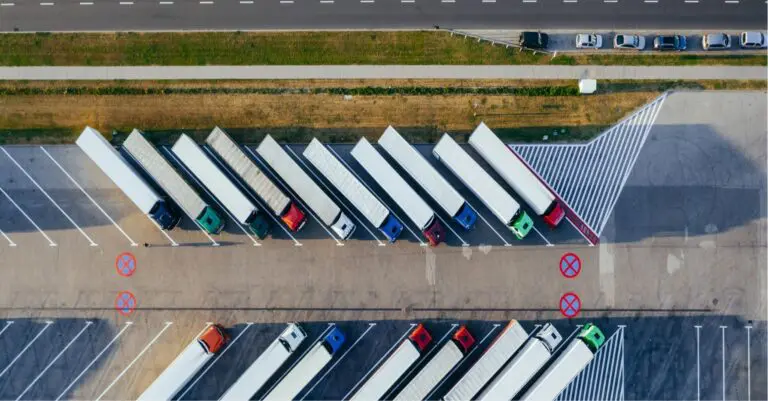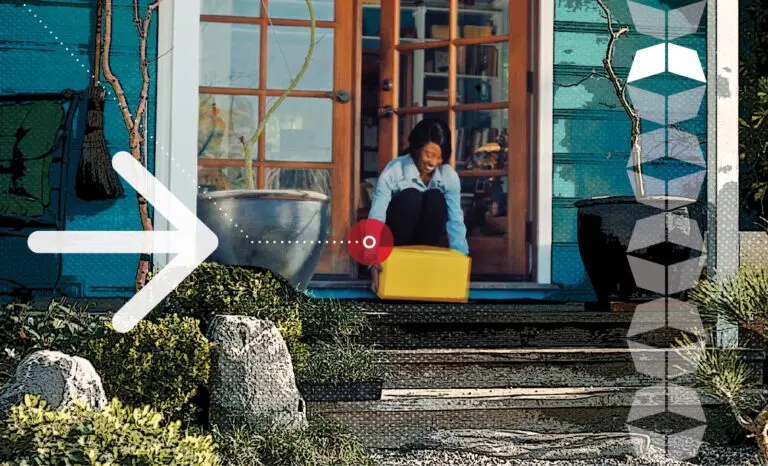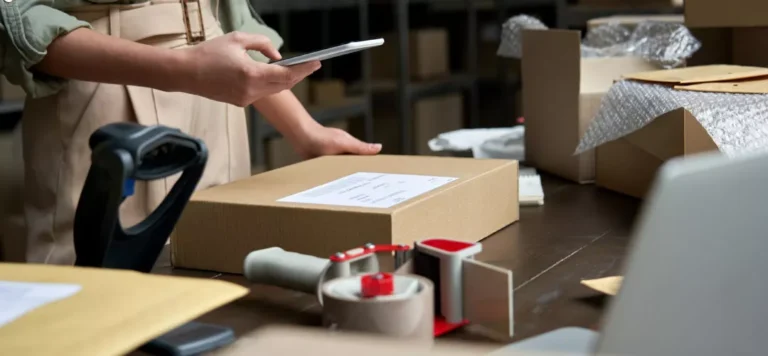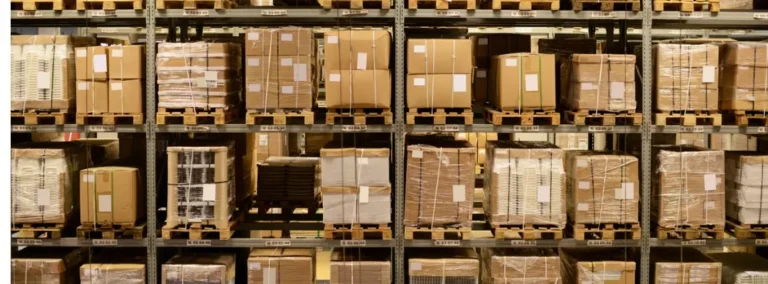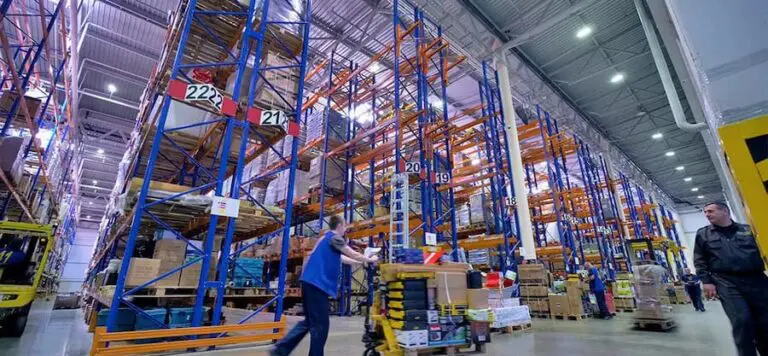To Control Warehouse and Fulfillment Costs, Understand What’s Driving Them
Are you battling rising warehousing and fulfillment costs? You’re in good company. Order fulfillment is taking increasingly large chunks out of operational budgets. Even Amazon has struggled to strike a balance between growing sales and escalating costs for fulfillment. And demand for more warehouse space and speedy order fulfillment is not changing anytime soon.
If the start of the holiday shopping season is any indication, the pandemic has kicked the explosive growth of Ecommerce into yet a higher gear. U.S. consumers spent $21.7 billion online during the first 10 days of November, a 21% year-over-year jump, reports Digital Commerce 360. The projected growth in November and December compared to the same period last year is even higher — 43%.
Staff shortages and increased competition
Skyrocketing growth, in turn, has resulted in increased competition as new fulfillment competitors are vying for a share of the business. Single-location warehousing companies that cater to online retailers and multi-location on-demand warehousing solutions have all contributed to intensified competition for warehouse space and labor. Nationwide commercial warehouse rents have risen to unprecedented levels, while warehouse staff, as well as higher-level warehouse management personnel, are increasingly challenging to find.
In short, we get that you’re navigating a challenging environment. To control warehousing and fulfillment costs, it helps to understand what’s driving them — and how an experienced third-party logistics provider (3PL) can alleviate your pain points. Here are the main variables that your typical 3PL will take into consideration when determining warehousing and fulfillment prices.
WAREHOUSE AND FULFILLMENT COSTS: YOUR ANSWERS TO THESE 5 QUESTIONS SET THE PARAMETERS
1. How many facilities do you need?
Sometimes a single facility will cut it. Companies with limited reach or products aimed for a specific market may need no more than a single distribution point. But if the sole distribution center means the cost of transportation rises and the time it takes to get from point A to point B put you at a competitive disadvantage, your 3PL may recommend expanding your network. The price naturally goes up the more resources — labor, space, technology — are required but it has to be weighed against the benefits gained.
What your 3PL can do:
For example, WSI noticed a client that relied on a single distribution center to ship caskets would be able to speed up order fulfillment and expand to new markets by revising its distribution model. By adding four regional distribution centers, the client improved order turnaround, expanded next-day delivery reach, and reduced damages and transportation costs.
2. Where do you need to be?
Strategically located distribution centers are increasingly important for the success of retailers, according to CBRE’s U.S. Industrial & Logistics Figures Q3 2020. But the warehouse vacancy rate remains low at 4.7% and tight market conditions have caused prices to continue to increase. Triple-net asking rents averaged $8.09 per square foot in Q3, up 6.4% year-over-year.
The question is how flexible your operation is when it comes to location. Prices vary widely across the country and you may find an ideally located DC will command too high of a rate to make it feasible. At the same time, time is a key driver of logistics costs which could make a move closer to end customers a financially savvy move.
What your 3PL can do:
West Coast warehouse space is notoriously expensive. Companies that operate their own warehouses in such tight markets will continuously need to justify whether it makes financial sense. That is why a chemical shipper sought out WSI to reconfigure its distribution model to replace fixed with flexible costs. The company lacked the volumes to fill the facility while paying overhead for space it did not need. WSI assumed operation of the facility, helping the client realize the goal of improved flexibility and remain close to customers despite smaller volumes.
3. What do your orders look like?
Complexity equals higher warehouse and fulfillment costs. A multi-channel Ecommerce business demands more labor-intensive unit picking than a brick-and-mortar retail operation where products are moved at the pallet or case level. If products are also distributed among stores and distribution centers, your 3PL will need to ensure order visibility and inventory optimization.
What your 3PL can do:
No company can afford to leave inventory management to chance. Clients of both B2B and B2C companies have little tolerance for a haphazard strategy and will go looking for alternatives if the hiccups add up. 3PLs have quickly adopted a range of technologies to analyze and measure performance. The result: the average order fulfillment accuracy for 3PLs now stands at 99.19%.
An experienced 3PL is, in other words, well equipped to evaluate and restructure your inventory management. A large West Coast publisher, for instance, faced a range of frustrating order discrepancies before enlisting WSI to take the guesswork out of the equation. WSI implemented a clearly defined process and leveraged its own Warehouse Management System (WMS) to drastically improve accuracy and save the client significant money on damage claims.
4. What type of products do you have?
Paper products. Hazardous materials. Perishables. Consumer goods. Each category comes with its unique set of requirements that yield different pricing models. Consumer goods alone contain a wide variety of products, from bulky items like refrigerators, which demand more space per unit, to small objects like toys, which require a smaller footprint but more picking labor. Cost per order, consequently, depends on many factors in which the amount of handling required is one of the principal determinants.
What your 3PL can do:
The way products are handled can have a big impact on cost. WSI partnered with an industrial lubricant distributor who had struggled to find a logistics provider that would accommodate the distributor’s desire for a bulk transfer facility. The project demanded meticulous attention to environmental and safety regulations and enabled the distributor to buy the products in bulk and ship them by truckload at significant savings.
5. What else do you need?
Customization has been one of the big trends among retail start-ups as well as big brands to boost sales and extend product lines. It also tends to make fulfillment considerably more labor-intensive. Custom packaging/repacking/assembly, contract services, precise labeling, and packing, returns management, and more, all influence the final price.
What your 3PL can do:
When it comes to deliveries, fast and reliable service —including any value-added needs — is the ticket to successful partnerships and satisfied end-customers. This requires a 3PL with in-depth knowledge of the different requirements of individual customers. WSI, for example, applied its retail experience to help a cookie startup establish a distribution network in compliance with complex retailer routing guides and ever-changing needs.
Do you have more questions about warehousing and fulfillment pricing? Please don’t hesitate to contact us.
About the Author

WSI Team
WSI is one of the largest privately held 3rd party logistics companies in the U.S. and spans a nationwide distribution network with global logistics reach.

